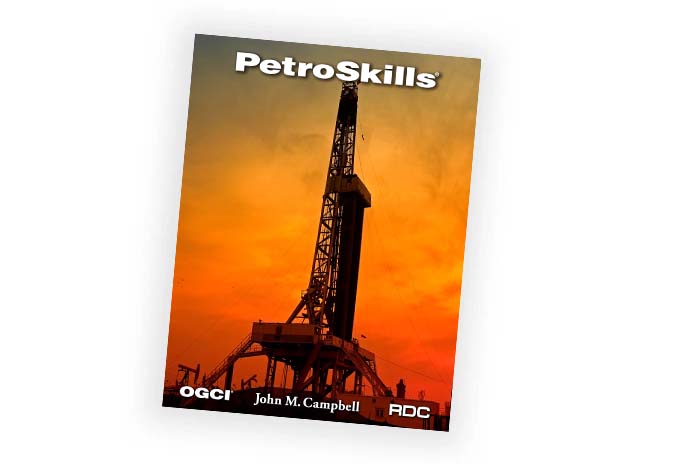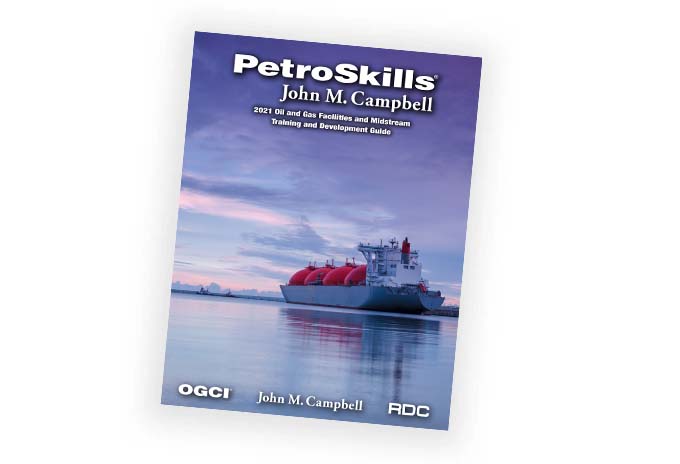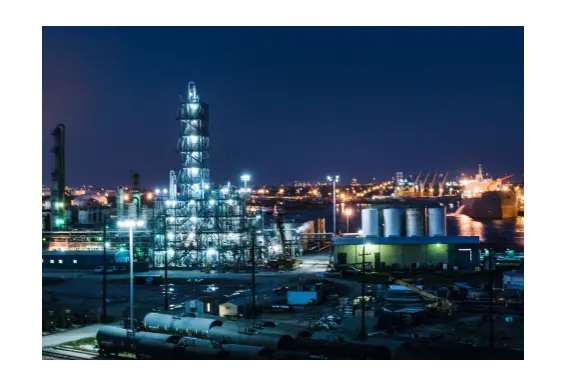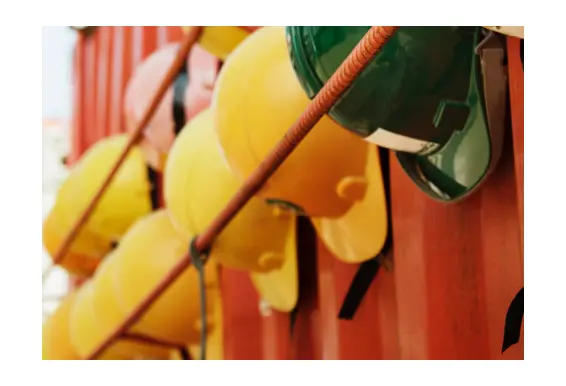Mechanical Equipment
e-Learning
About the eLearning Course
This skill module describes the principles and application of thermodynamic work and energy, primarily the principles of dynamic response, the structural and foundation concepts and its impact on equipment performance, and the cause and effect of different types of vibrations.
Target Audience
Facilities Engineers, Process Engineers, Senior Operations Personnel, Field Supervisors, Engineers who select, design, install, evaluate or operate gas processing plants and related facilitiesYou Will Learn
Participants will learn how to:
- Define the terms “system” and “surroundings” and explain the difference between open and closed systems
- State the first law of thermodynamics, and how it is applied to facilities
- Describe the second law of thermodynamics and explain how it applies to facilities
- Write the energy balance equations for a heat exchanger, valve, separator, and compressor
- List the various types of foundations
- List the determining factors during foundation selection
- Describe the importance of equipment leveling
- Define offset alignment, rotational alignment, and soft foot
- Discuss the process of grouting and potential issues
- List alignment guidelines
- List piping installation and support considerations
- Describe the concepts of equipment condition monitoring, and performance analysis of rotating equipment
- List the parameters typically monitored for pumps and compressors
- Outline the concepts of trend analysis, set-points, and limit ranges
- Describe typical devices used to monitor rotating equipment
- Describe how to collect accurate, usable vibration data
- Identify the causes and effects of machinery vibrations in pumps and compressors
- Define the techniques typically used to mitigate vibration
- Define the basic principles of centrifugal action in kinetic pumps and compressors
- Describe how these principles lead to the machine performance
- Describe how these principles affect the efficiency of the machine
- Describe the basic approach to characterizing a pumping/ compression system
- Define the system curve and describe how to develop it
- Determine the operating point of the system and the pump/ compressor
- Describe how to use pump/compressor selection charts for the selection of the proper pump/compressor type




